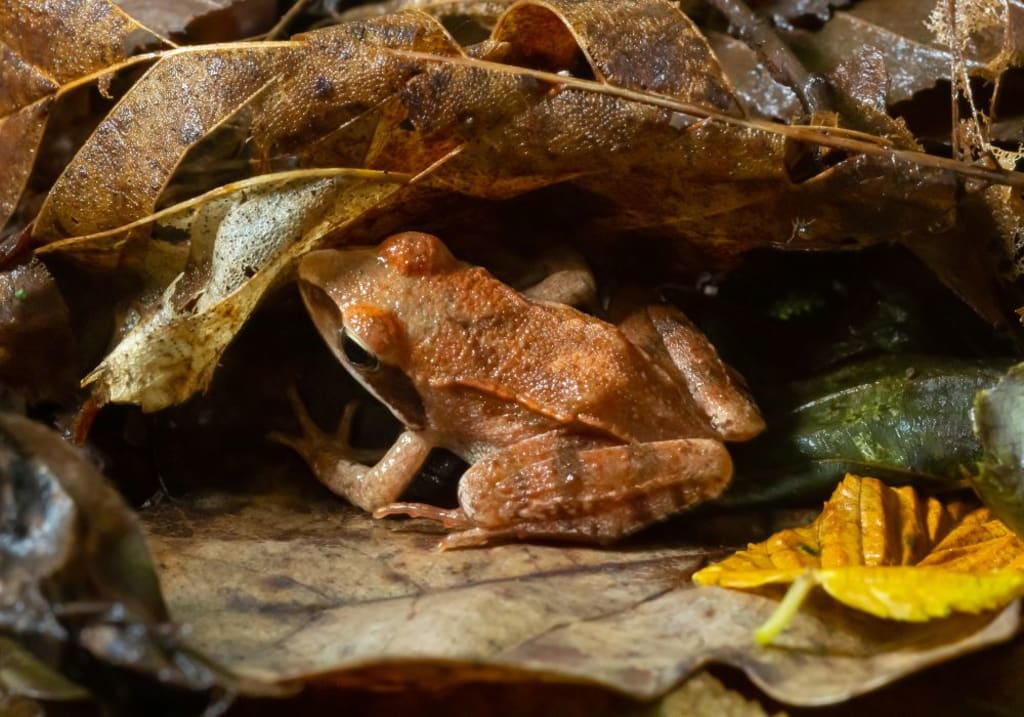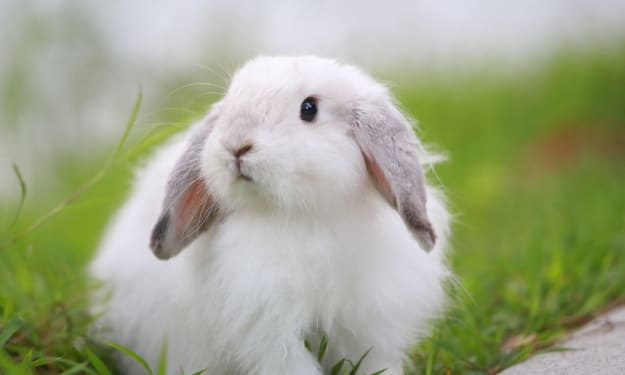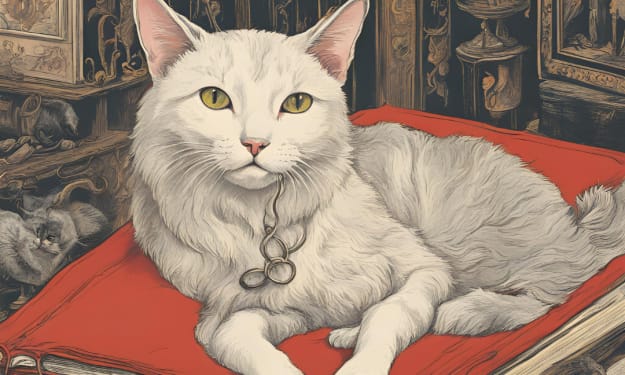Discover the Best Pet Frog Diet Options for a Healthy and Happy Frog
The Amazing Guide

Choosing the right diet for your pet frog is crucial for its health and well-being. Frogs have specific nutritional requirements that must be met to ensure they thrive in captivity. In this comprehensive guide, we'll explore the various pet frog diet options available and provide tips on how to create a balanced and varied menu for your amphibian friend.
Understanding Frog Nutrition
Before delving into the different food choices, it's essential to understand the basic nutritional needs of frogs. Frogs are primarily insectivores, meaning they feed on a variety of insects and other small invertebrates in the wild. Their diet should consist of a mix of live prey items that provide essential vitamins, minerals, and proteins.
One of the most important aspects of frog nutrition is calcium and vitamin D3 supplementation. Many frogs, especially young ones, are prone to metabolic bone disease if their diet lacks these essential nutrients. To prevent this, it's crucial to gut-load the insects with a high-calcium diet before feeding them to your frog, and to dust the prey with a calcium and vitamin D3 supplement.
Live Prey Options
Live insects form the backbone of a pet frog's diet. Here are some of the most common and readily available live prey options:
Crickets
Crickets are a staple food for many frog species and are easily available in pet stores. They should be gut-loaded with a nutritious diet and dusted with a calcium and vitamin supplement before feeding to your frog.
Mealworms and Waxworms
These are another tasty snack for frogs, but should be fed in moderation as they are higher in fat. Mealworms can also be difficult to digest due to their exoskeleton.
Dubia Roaches
Dubia roaches are becoming increasingly popular as a frog food due to their high nutritional value and ease of breeding. They are a great source of protein and can be gut-loaded with a variety of healthy foods.
Fruit Flies
Fruit flies are a suitable food for smaller frog species, such as dart frogs. They can be easily cultured at home and provide a sustainable food source.
Earthworms and Redworms
These worms are readily available at bait shops and can be a great addition to a frog's diet. They are a good source of moisture and provide variety.
Small Mice
Some larger frog species, such as Pacman frogs and African bullfrogs, may also eat small mice as an occasional treat. However, mice should not make up more than 10% of a frog's diet and should be fed in moderation to avoid obesity and other health issues.
Feeding Schedule and Amounts
The frequency and amount of food you feed your frog will depend on its species, age, and activity level. As a general rule:
- Young frogs and high-energy species should be fed daily or even twice a day.
- Medium-energy frogs should be fed every other day to every third day, with enough food for 15 seconds of feeding.
Large frogs may only need to be fed once a week or every other week.
It's important to avoid overfeeding your frog, as this can lead to obesity and other health problems. Always remove any uneaten food from the enclosure to prevent spoilage and bacterial growth.
Supplementing with Vegetables
While frogs are primarily carnivores, some people like to supplement their diet with chopped vegetables such as carrots, lettuce, or celery. However, it's important to note that frogs do not digest vegetables well and they should make up no more than 10% of their diet. The main benefit of adding vegetables is the water content, which can help keep your frog hydrated.
Providing Clean Water
Frogs absorb water through their skin, so it's essential to provide them with a clean, dechlorinated water source at all times. This can be in the form of a shallow pool or by regularly misting the enclosure. Be sure to use a dechlorinator to remove any harmful chemicals from the water.
Conclusion
Creating a balanced and varied diet for your pet frog is crucial for its health and longevity. By offering a mix of live insects, supplementing with calcium and vitamins, and providing clean water, you can ensure your frog receives all the nutrients it needs to thrive. Remember to adjust the feeding schedule and amounts based on your frog's individual needs and always remove any uneaten food from the enclosure. With proper care and nutrition, your pet frog can live a long and happy life as a companion.
About the Creator
Hasan
Welcome...
In this site of mine you can learn amazing things and many information that you don't know so please subscribe to my site.
Enjoyed the story? Support the Creator.
Subscribe for free to receive all their stories in your feed. You could also pledge your support or give them a one-off tip, letting them know you appreciate their work.






Comments
There are no comments for this story
Be the first to respond and start the conversation.